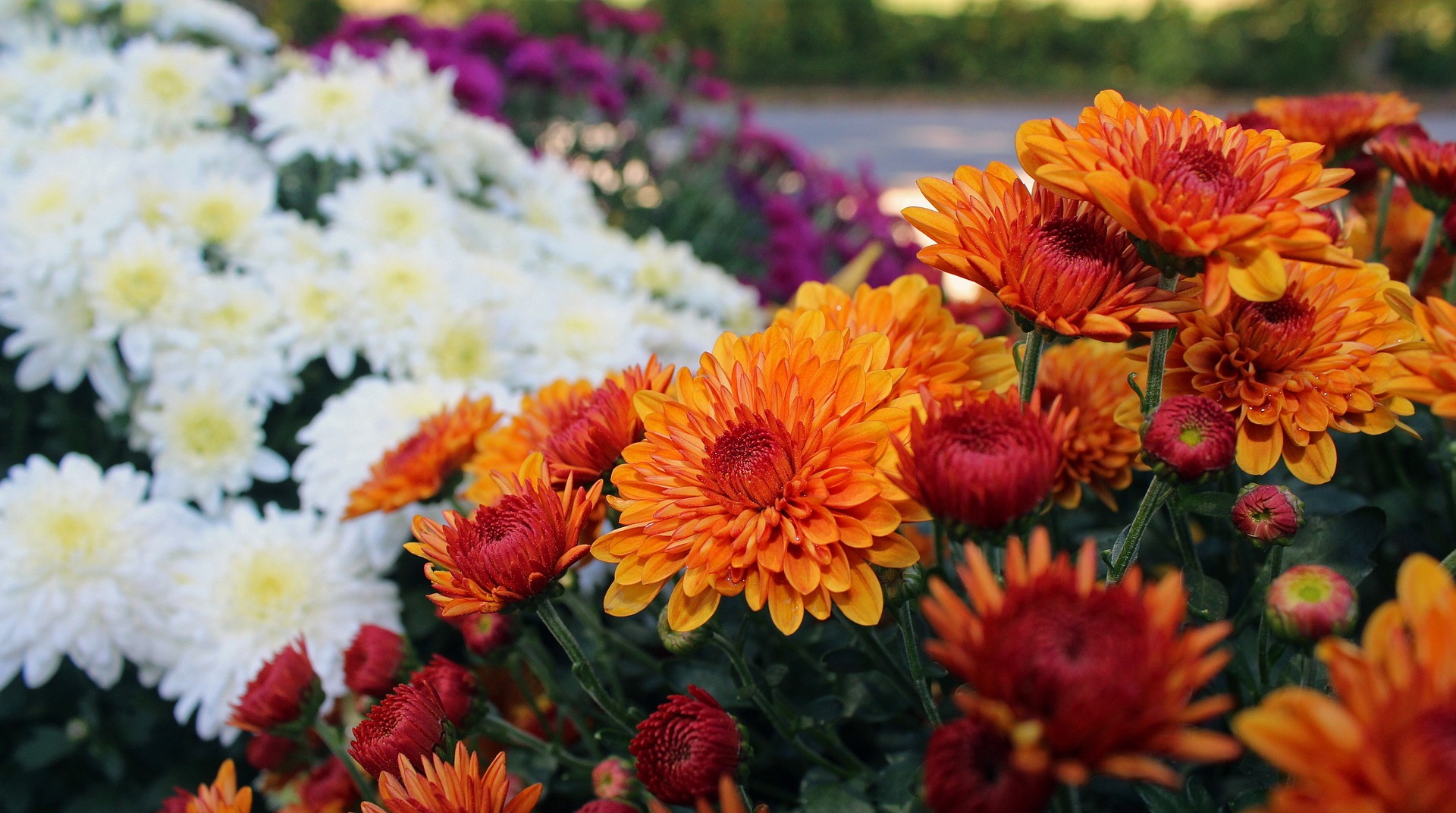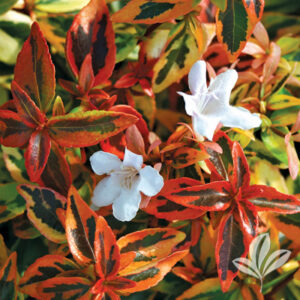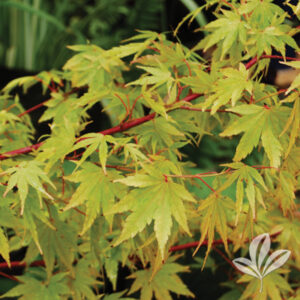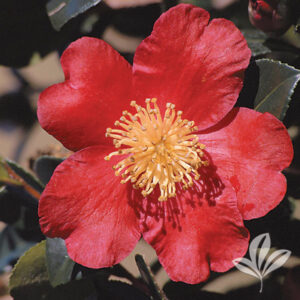What you need to know….
Chrysanthemums (Mums) are one of the most sought after garden additions of fall. Most varieties are easy to care for and grow with basic needs being the full sun, well-drained rich soil, and good air circulation. There are literally hundreds of varieties to choose from that can provide blooms from late summer through fall.
Mum Basics:
Climate Zone – 4-9
Height/Spread – 1-3’ / 1-2’
Flower Color – shades of yellow, white, orange, red, purple, or lavender
Exposure – full sun for best blooming and stronger stems, after blooms open they can be transferred to a partially shaded area for longer bloom time
Soil – preferably rich well-drained soil for mums. Basically, if you can grow a vegetable garden you can grow mums.
Bloom time – September to frost, shorter days trigger the bloom cycle of mums
Avoid – Avoid overhead watering after flower buds form. Excessive water on blooms causes premature browning of the blossom petals
FREQUENTLY ASKED QUESTIONS:
Are mums annuals or perennials?
Even though most widely available mums are grown as fall annuals, there are varieties that can also be grown as perennials in some regions with a little care to over-winter them. In colder zones, (Zone 4&5) leave the top growth in place and add loose mulch such as straw or evergreen branches around them for protection, waiting to cut back in spring after new growth emerges. In warmer winter climates, they can be cut back to 6” tall after flowering.
What about the potted mums sold at supermarkets and big-box stores?
Usually called garden mums, these plants are typically grown as annuals. They are popular for use as part of an autumn display in containers. Most gardeners report that they aren’t as hardy as the mums featured above and rarely winter over.
Are mums poisonous to cats, dogs, or other animals?
Mums do contain substances that are toxic to cats, dogs, and horses if ingested, so be sure to keep this in mind when choosing a location for your mums.
Are mums deer and rabbit resistant?
Deer and rabbits almost always avoid plants with fragrant leaves and fuzzy texture, both of which are attributes of mums, making them fairly resistant.



